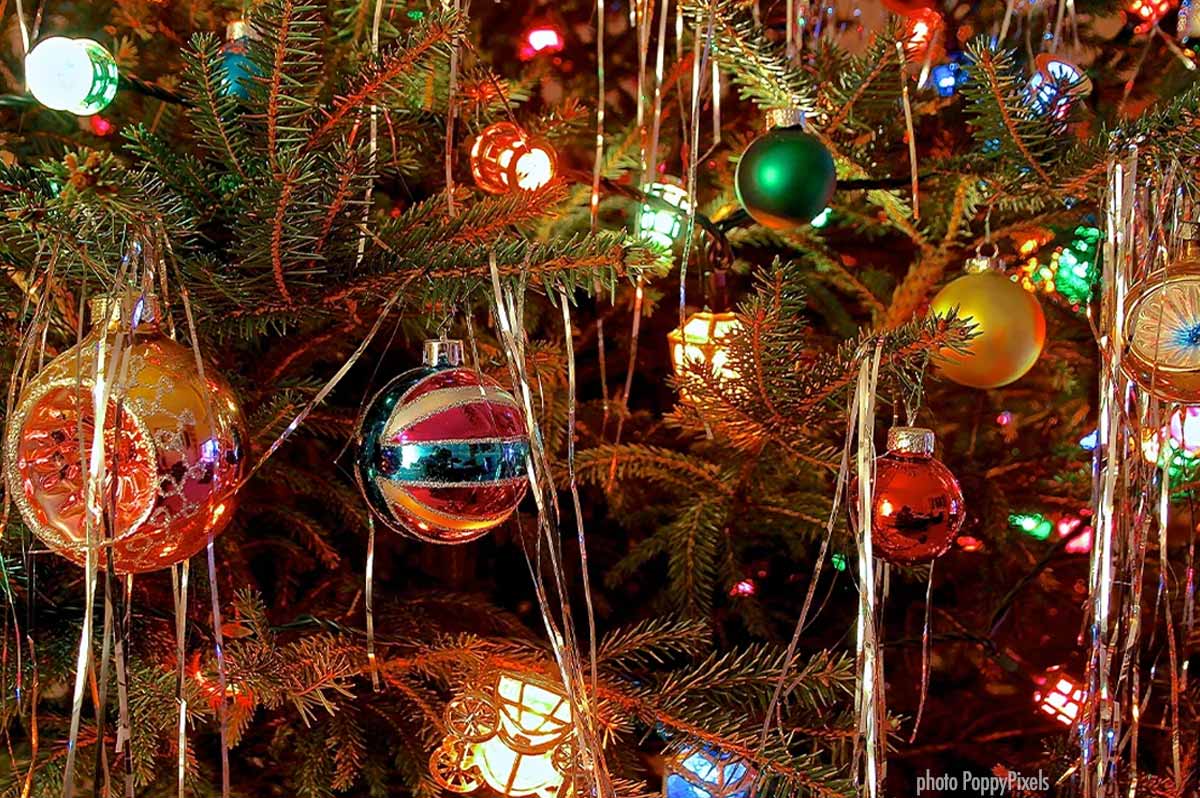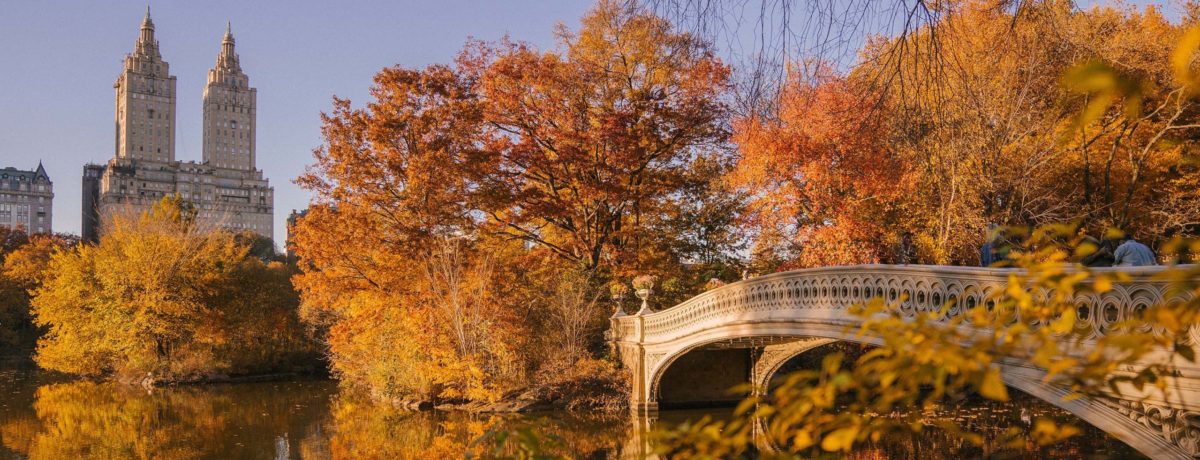
Tinsel And The Christmas Spider
When spider webs unite, they can tie down a lion.
Ethiopian Proverb
Have you ever wondered why tinsel was adorned on many Christmas trees in past decades? How did tinsel become part of a holiday tradition in so many households? Also, what does it mean if you see a spider on someone’s Christmas tree? While we may correlate spiders as a symbol specific to Halloween, these creatures also play a role as Christmas symbols. The tradition of the Christmas spider has several different origins which are correlated with tinsel used to adorn a Christmas tree. We will discuss a few possibilities below.
Estincele
Putting tinsel on trees is a tradition that has been around for many generations. Many contend that it was first introduced in Germany in the early 1600s. In the past, people decking the halls would use some shiny, messy tinsel for their Christmas tree. The word tinsel comes from an Old French word “estincele”, which means sparkle. Many view these silvery strands as images of glistening icicles or shimmering crystals of frost on branches of a sylvan evergreen. Others believe tinsel was added to Christmas trees to enhance the flickering of the candles (now Christmas lights) on the tree. It is also said that the hung tinsel also represented the starry sky over a Nativity scene.
The Legends of The Christmas Spider
One Christian story describes Mary’s harrowing escape from Roman soldiers when she and Jesus hid in the hills near Bethlehem. With Herod’s legion in hot pursuit, Mary entered a cave seeking refuge. Spiders quickly sealed the entrance with silk. Soldiers seeing the undisturbed webs disregarded the cave as a hideaway and continued their search elsewhere. Since that time, tinsel has been strung on Christmas trees to represent a glistening spider web and commemorate the spider’s miraculous deed. This is one idea of how the Christmas spider on the Christmas tree was born along with the tinsel.
Legends of the Christmas Spider trace back to Germanic and Eastern European countries. Today, the Christmas spider is seen as a symbol of good luck and prosperity.
spider ornament courtesy of atomicrose.blogspot.com
Another legend involving the Christmas spider goes back to Germanic and Eastern European countries. There are several versions of this story, but the story is similar. There is a poor widow living in her home with her children. A tree stands bare in the corner because the family does not have enough money to decorate the tree. As the children fall asleep, the widow shakes her head sadly as she turns herself in for the night. The household spiders seeing the family’s sadness climb all over the tree, leaving intricate webs in their wake. Early that Christmas morning, the family discovers what has happened to the tree. The spiders have spun magical glittery garlands all across the tree’s barren branches. As the family’s prayers of gratitude reach God’s ears, he reaches down and touches their tree, turning the webs into magical strands of gold and silver. He then blesses the family with luck, abundance, and prosperity. They no longer have to worry about misfortune or poverty. From that day forward, it became a tradition for many families to add tinsel to their trees as a way to show their gratitude to God for the many gifts he has bestowed upon them! Today, the Christmas spider is also seen as a symbol of good luck and prosperity.
A Modern Touch of Retro Tinsel
You can find tinsel offered in just about any color under the sun, though silver is the best choice if you’re looking to mimic the appearance of icicles. While the original stuff was worth a hefty sum, you can pick up a bag of tinsel for a few dollars nowadays. Tinsel is quite affordable because the modern-day adaptation is no longer made of precious metals but, instead, PVC or polyvinyl chloride. It’s the same material used to make PVC pipe, but in a flexible form. Also, tinsel is no longer poisonous because lead is no longer used. This material used is much safer now. It’s inexpensive, which means this decorating technique is an easy way to fill out your tree if you’re short on ornaments. Just remember to recycle your tinsel for next year because it is not biodegradable.

When decorating your tree this year, consider adding tinsel and the Christmas spider as one of your many decorations. Even if there’s no tinsel bedecking the trees on our annual Christmas party circuit, this is one Christmas tradition that’s worth bringing back. Who knows, you just may bring some luck and prosperity into your home this holiday season. Let’s bring this tradition back and make it a trend again!
Thanks for reading, and if you are interested in seeing how decorating Christmas trees has changed through the decades, here is a link you may enjoy at marthastewart.com. Merry Christmas, Happy Holidays, and Good Tidings to all!
photo credit: iStock PoppyPixels, atomicrose.blogspot.com, themerchantgeneralstore.com
We hope you enjoyed reading FALL LIVING MAGAZINE.
Please return often and tell your friends!
